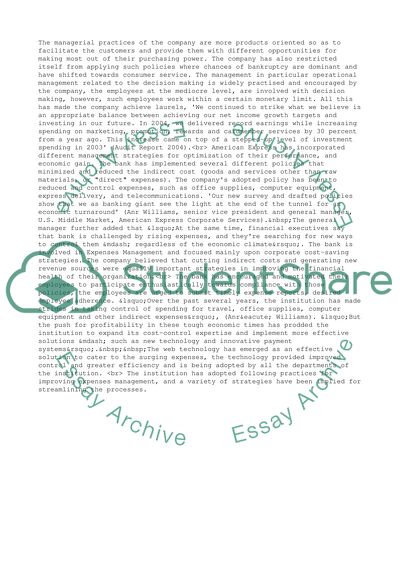Cite this document
(“Economics of Business Strategy Case Study Example | Topics and Well Written Essays - 2500 words”, n.d.)
Economics of Business Strategy Case Study Example | Topics and Well Written Essays - 2500 words. Retrieved from https://studentshare.org/business/1509673-economics-of-business-strategy
Economics of Business Strategy Case Study Example | Topics and Well Written Essays - 2500 words. Retrieved from https://studentshare.org/business/1509673-economics-of-business-strategy
(Economics of Business Strategy Case Study Example | Topics and Well Written Essays - 2500 Words)
Economics of Business Strategy Case Study Example | Topics and Well Written Essays - 2500 Words. https://studentshare.org/business/1509673-economics-of-business-strategy.
Economics of Business Strategy Case Study Example | Topics and Well Written Essays - 2500 Words. https://studentshare.org/business/1509673-economics-of-business-strategy.
“Economics of Business Strategy Case Study Example | Topics and Well Written Essays - 2500 Words”, n.d. https://studentshare.org/business/1509673-economics-of-business-strategy.


